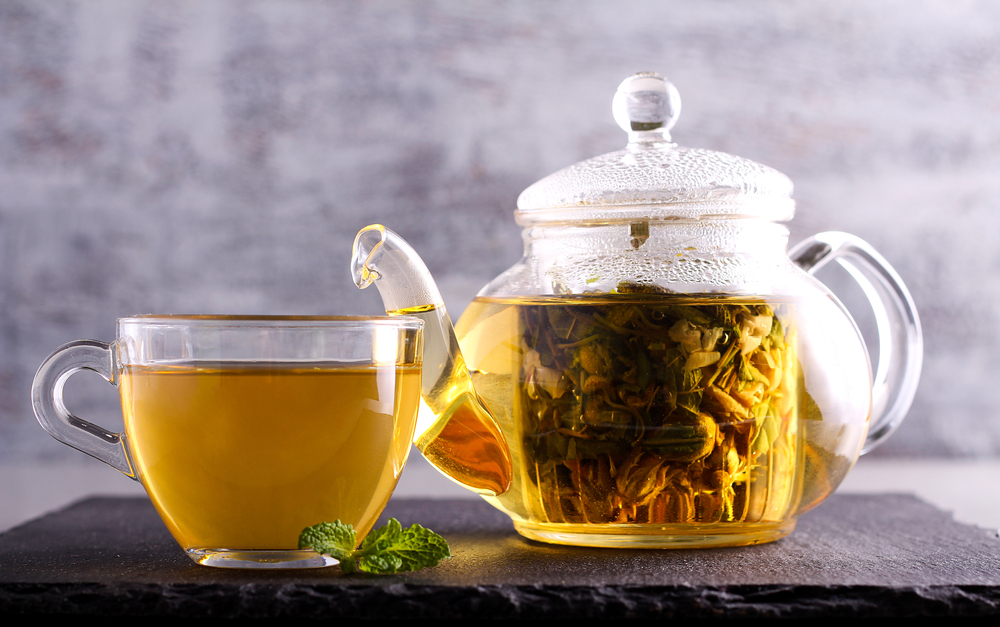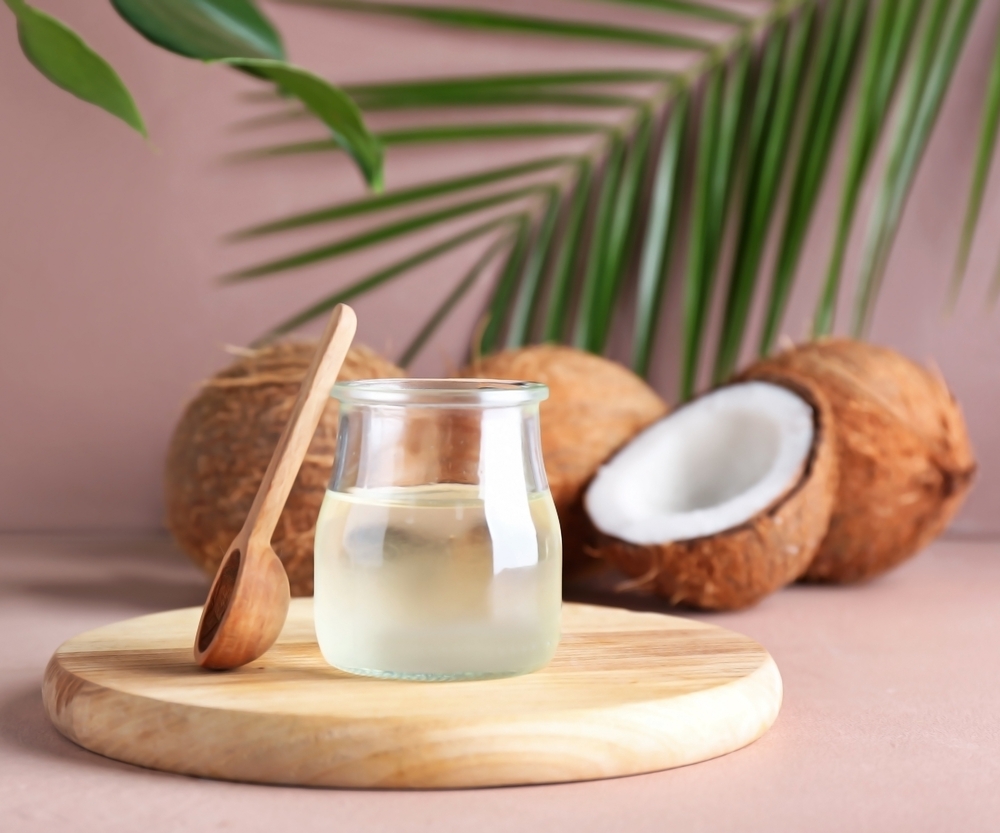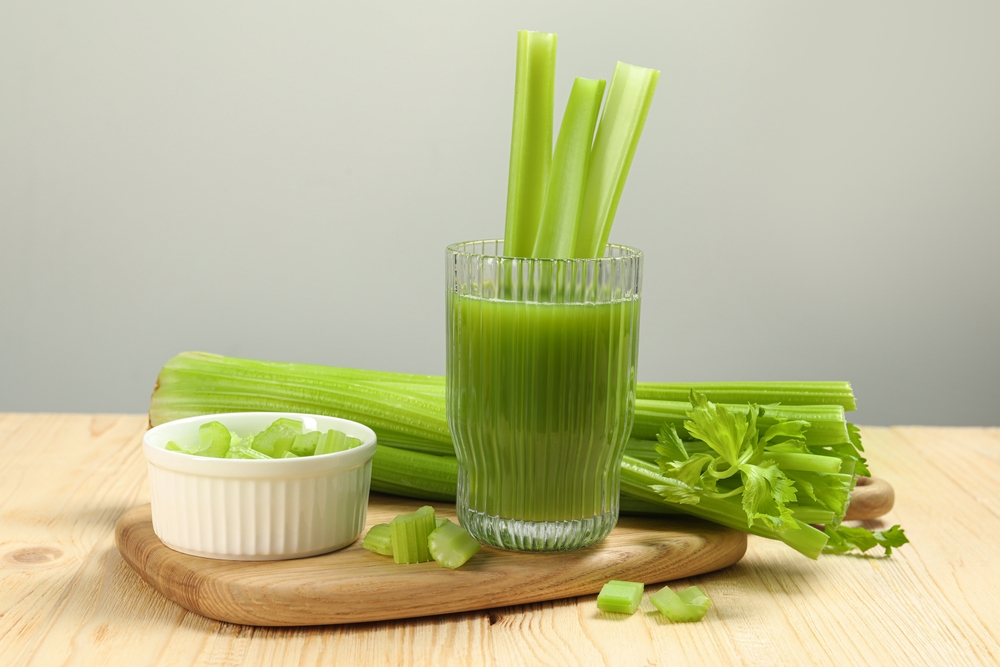While some of these trends are deeply rooted in science, others are more eccentric, capturing the imagination of those seeking the next big thing in health. Navigating this world can be as bewildering as it is fascinating, with practices that can range from the innovative to the downright bizarre. That’s why we’ve curated this list of 13 weird health trends that not only exist but have gained a surprising following. Whether you’re a health enthusiast or a curious bystander, prepare to be intrigued by the strange and sometimes astonishing paths people take in pursuit of well-being.
1. Cryotherapy Sessions

Picture stepping into a chamber chilled to sub-zero temperatures, aiming to boost your metabolism and enhance recovery. Cryotherapy involves exposing your body to extremely cold air for a few minutes, and it’s a trend that’s gaining traction among athletes and wellness enthusiasts alike. Proponents claim it can reduce inflammation and improve mood, but walking into a human-sized freezer isn’t everyone’s idea of relaxation. Research published by Dr. Joseph Costello in the “Journal of Athletic Training” suggests that while cryotherapy may offer benefits, more comprehensive studies are needed to fully understand its effects. Despite the chilly reception it might get from skeptics, this trend shows no signs of thawing out just yet.
The appeal of cryotherapy largely hinges on its promise of quick recovery and enhanced athletic performance. It sounds counterintuitive to step into freezing temperatures for health benefits, yet many swear by the invigorating effects post-session. Besides potential physical benefits, some users report a mental ‘high’ post-treatment, adding to its allure. However, experts caution about potential risks, especially for those with certain pre-existing conditions. Like any health trend, it’s crucial to weigh the benefits against the potential pitfalls.
2. Earthing or Grounding

The concept of earthing or grounding is as simple as it gets: walking barefoot on natural surfaces like grass or sand, connecting with the Earth’s electrons. Proponents believe this practice can reduce inflammation, improve sleep, and even negate the harmful effects of EMFs. While the science is still emerging, many people swear by the calming effects of reconnecting with nature, even if it just means a few minutes of barefoot strolling each day. It’s a low-tech, accessible trend that taps into a primal need to connect with our environment. Whether or not it revolutionizes your health, the practice certainly offers a moment of tranquility in our fast-paced world.
Despite its simplicity, grounding has a way of drawing attention due to its fundamentally unorthodox method of promoting well-being. The allure lies in its promise of natural healing, free from gadgets or supplements. While the trend may seem peculiar in our tech-driven era, it offers an appealing counterbalance to modern life’s complexities. Enthusiasts argue that grounding helps center their minds, reducing stress and enhancing mindfulness. Yet, skeptics might view it as just another passing fad, questioning the validity of its health claims.
3. Charcoal-Infused Products

Activated charcoal has found its way into everything from toothpaste to ice cream, promising detoxification and purification. The trend capitalizes on the notion that charcoal can bind to toxins in the body, helping to flush them out more effectively. Dr. John Smith from the “American Journal of Clinical Nutrition” points out that while charcoal can be beneficial for certain poisonings, its everyday use in wellness products lacks substantial evidence. Despite the scientific debate, the allure of purification continues to drive popularity, with many consumers eager to try the latest charcoal-infused concoctions. Whether it’s a toothbrush or a smoothie, the charcoal trend shows no signs of fading away.
This trend’s popularity could be attributed to its promise of a simple, natural detox. Many people are drawn to the idea of cleansing their systems with a seemingly straightforward ingredient. The striking black hue of charcoal products adds to their appeal, offering a novelty factor in an oversaturated market. However, it’s important to approach these products with a discerning eye, especially when it comes to internal consumption. Consultation with a healthcare professional is always a wise step before diving into the latest wellness craze.
4. Cupping Therapy

Cupping therapy might evoke images of mysterious bruises, but this ancient practice has resurged in popularity. It involves placing cups on the skin to create suction, believed to improve blood flow and facilitate healing. Originating from traditional Chinese medicine, cupping has made its way into modern wellness routines, often embraced by professional athletes and celebrities. The method is said to alleviate muscle tension and stimulate the body’s natural healing processes. Despite the polarizing appearance of the resulting marks, many practitioners and users tout its therapeutic benefits.
The resurgence of cupping can be attributed to high-profile endorsements and a growing interest in alternative therapies. While scientific evidence is mixed, anecdotal reports of pain relief and relaxation abound. The practice’s unique visual aspect often sparks curiosity, drawing more people to try it for themselves. However, it’s essential to seek a qualified practitioner to avoid potential skin damage or adverse reactions. As with any health treatment, a balanced perspective and thorough research are key to making informed decisions.
5. Bulletproof Coffee

Bulletproof Coffee has captured the attention of many health enthusiasts, promising to supercharge your morning routine with a blend of coffee, butter, and MCT oil. Proponents claim it provides sustained energy and sharp mental clarity, largely due to its unique combination of fats and caffeine. While it may sound like a strange breakfast choice, its popularity has soared, particularly among those following ketogenic diets. According to nutrition expert Dr. Lisa Mosconi, while Bulletproof Coffee can be part of a balanced diet, it’s not a magic bullet and should be consumed mindfully. For those willing to experiment, it offers an intriguing alternative to the traditional morning cup of joe.
The trend’s appeal lies in its promise of enhanced cognitive function and appetite control, which resonates with busy lifestyles. Many people are drawn to the idea of a simple morning ritual that aligns with their dietary goals. However, it’s important to note that Bulletproof Coffee can be calorie-dense, and its nutritional profile may not suit everyone’s needs. Moderation and mindfulness are key, as with any dietary trend. Embracing it without considering individual health requirements might lead to unintended consequences.
6. Mushroom Coffee

Mushroom coffee might sound like something concocted by an adventurous barista, but it’s gaining traction for its purported health benefits. Blending coffee with medicinal mushrooms like reishi or lion’s mane, this trend aims to offer a smoother caffeine experience with added immune and cognitive support. Fans of mushroom coffee claim it provides a balanced energy boost without the jitters or crashes often associated with regular coffee. The earthy flavor profile is an acquired taste, but many are willing to embrace it for the potential wellness perks. As with any health trend, it’s wise to start with moderation and observe how it affects your body.
The popularity of mushroom coffee can be attributed to the growing interest in adaptogens and functional foods. People are increasingly looking for ways to enhance their health through everyday consumables, and mushroom coffee fits neatly into that narrative. While the scientific backing is still developing, the anecdotal evidence of improved focus and well-being is compelling for many. It’s crucial to source these products carefully, as quality can vary significantly. As with any trend, informed choices and personal experimentation will determine if it’s a beneficial addition to your routine.
7. Floating Therapy

therapy, also known as sensory deprivation therapy, involves lying in a pod filled with saltwater, designed to help you float and disconnect from sensory inputs. This practice aims to reduce stress, improve creativity, and promote mental clarity by mimicking a weightless, meditative state. Dr. Justin Feinstein from the Laureate Institute for Brain Research has conducted studies suggesting that floating may positively affect anxiety and depression. However, the idea of floating in a dark, enclosed space might not be everyone’s cup of tea. For those open to the experience, it offers a unique way to relax and reset.
Despite its unusual nature, floating therapy has attracted a wide array of followers, from athletes to busy professionals. The allure lies in its promise of profound relaxation and mental rejuvenation, a rarity in our hectic lives. Many participants report a heightened sense of well-being and enhanced problem-solving abilities after sessions. Yet, it’s not without its challenges, as some people find the enclosed environment unsettling. As with any wellness trend, it’s essential to approach it with an open mind and a willingness to explore new experiences.
8. Intermittent Fasting

Fasting has become a buzzword in health circles, offering a structured approach to eating that alternates between periods of fasting and eating. Proponents claim it can aid weight loss, improve metabolic health, and even prolong lifespan. While the concept is not new, it has gained renewed attention as people seek flexible diet plans that fit modern lifestyles. The simplicity of not counting calories and focusing on meal timing is appealing to many. However, the effectiveness of intermittent fasting can vary based on individual health needs and lifestyles.
The trend’s popularity is bolstered by its promise of simplicity and adaptability, making it accessible to a wide audience. People appreciate the freedom it affords, allowing them to align their eating schedules with their personal and professional commitments. While some experience significant benefits, others may find it challenging to maintain, especially with social and family obligations. It’s crucial to approach intermittent fasting with a clear understanding of one’s nutritional needs. Consultation with a healthcare professional can help navigate the potential benefits and drawbacks of this eating pattern.
9. Kombucha Craze

Kombucha, the tangy fermented tea, has taken the health world by storm, riding on its reputation as a probiotic powerhouse. Made by fermenting sweetened tea with a symbiotic culture of bacteria and yeast, this beverage promises gut health benefits. Many people are drawn to its unique flavor profile and the potential for digestive support. However, the jury is still out on the extent of its health claims, with experts urging moderation due to its sugar content and probiotic variability. Despite these uncertainties, kombucha’s popularity continues to bubble over.
The trend’s growth can be attributed to an increasing awareness of gut health and the role of probiotics. People are eager to explore alternative ways to support their digestive systems, and kombucha offers an appealing option. Its effervescent nature and variety of flavors make it a fun and accessible choice for those seeking to diversify their gut-friendly foods. However, it’s important to be mindful of commercial varieties that may contain added sugars. For those who enjoy the taste and potential benefits, kombucha can be a refreshing addition to a balanced diet.
10. Coconut Oil Everywhere

Coconut oil has become the darling of the wellness world, heralded as a multipurpose miracle product. From cooking to skincare, people are incorporating it into their daily routines, drawn by its natural properties and health claims. Advocates tout its ability to improve heart health, boost metabolism, and even whiten teeth. While some benefits are backed by research, others remain more anecdotal, highlighting the need for caution. As with any health trend, moderation and awareness of personal health needs are key to enjoying coconut oil’s potential perks.
The widespread appeal of coconut oil can be attributed to its versatility and the growing interest in natural products. People are increasingly seeking alternatives to synthetic ingredients, and coconut oil fits this desire across multiple uses. Its pleasant aroma and tropical origins add an exotic flair to everyday routines, enhancing its allure. However, experts advise against viewing it as a cure-all, emphasizing the need for a balanced approach. Understanding its benefits and limitations will help people make informed choices about incorporating it into their wellness regimens.
11. Celery Juice Detox

Celery juice has emerged as a trendy elixir, with enthusiasts claiming it can cleanse the liver, improve digestion, and reduce inflammation. The trend gained momentum thanks to social media influencers and wellness experts who swear by its purported detoxifying properties. Drinking celery juice on an empty stomach each morning has become a ritual for many who believe in its benefits. However, nutritionists advise a balanced perspective, noting that while celery is hydrating and nutritious, no single food can serve as a magic detox solution. The trend underscores the ongoing fascination with quick-fix health solutions, even as experts advocate for a more holistic approach.
The simplicity of the celery juice trend contributes to its widespread appeal, offering an easy daily ritual that aligns with busy lifestyles. People are drawn to the idea of harnessing the power of a common vegetable for enhanced well-being. However, the trend’s effectiveness can vary, with some users reporting no noticeable benefits. As with any health practice, it’s important to prioritize a balanced diet and consider individual nutritional needs. Embracing celery juice as part of a varied, nutrient-rich diet can be a flavorful way to support overall health.
12. Oil Pulling

Oil pulling, an ancient practice with roots in Ayurvedic medicine, involves swishing oil in the mouth to improve oral health. Typically using coconut or sesame oil, this trend promises whiter teeth, fresher breath, and even detoxification. Despite its long history, scientific backing is limited, with experts like Dr. Marc Lowenberg, a cosmetic dentist, noting that it should not replace traditional oral hygiene practices. Nonetheless, oil pulling has gained a dedicated following, with many users enjoying the sensation of a clean mouth. As with any health practice, it’s essential to approach it with a balanced perspective.
The appeal of oil pulling lies in its natural approach to oral care, offering an alternative to synthetic mouthwashes. People are intrigued by its potential benefits, despite the lack of extensive scientific validation. The ritualistic aspect of oil pulling can be meditative, providing a calming start or end to the day. However, it’s important to remember that oil pulling should complement, not replace, regular brushing and flossing. By integrating it mindfully into an existing routine, users may enjoy its potential perks while maintaining comprehensive oral health.
13. Breathwork Techniques

Breathwork techniques, once seen as niche practices, are increasingly being embraced for their potential to reduce stress and improve mental clarity. These methods involve conscious and controlled breathing patterns to influence physical and emotional states. While traditional in some cultures, breathwork is gaining momentum as people seek non-pharmaceutical ways to enhance well-being. The practice offers a tangible way to connect with the present moment, fostering a sense of calm and focus. Despite its growing popularity, experts stress the importance of proper guidance to ensure safe and effective practice.
The rise of breathwork can be linked to a broader interest in mindfulness and holistic health practices. People are drawn to the idea of using something as fundamental as breath to influence their well-being. The simplicity of breathwork makes it accessible, yet the variety of techniques allows for personalized practices. However, it’s crucial to approach breathwork with intention, recognizing the potential for varying effects. By embracing breathwork under proper guidance, people can explore its potential benefits as part of a comprehensive wellness strategy.
Natasha is a seasoned lifestyle journalist and editor based in New York City. Originally from Sydney, during a stellar two-decade career, she has reported on the latest lifestyle news and trends for major media brands including Elle and Grazia.


